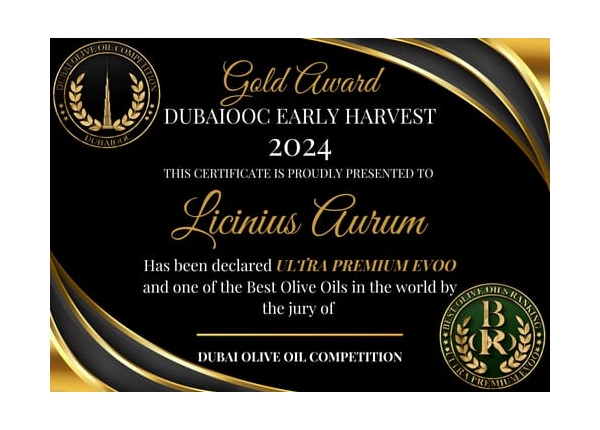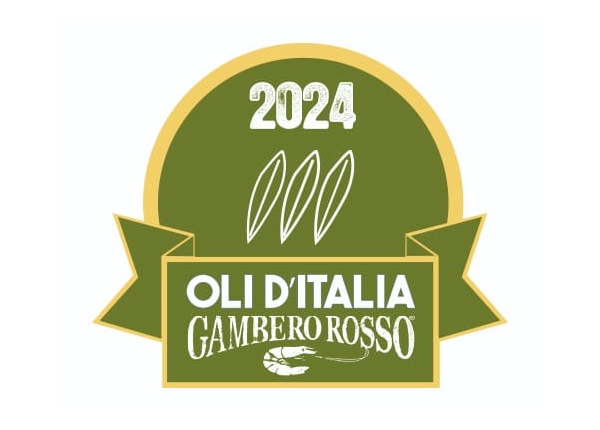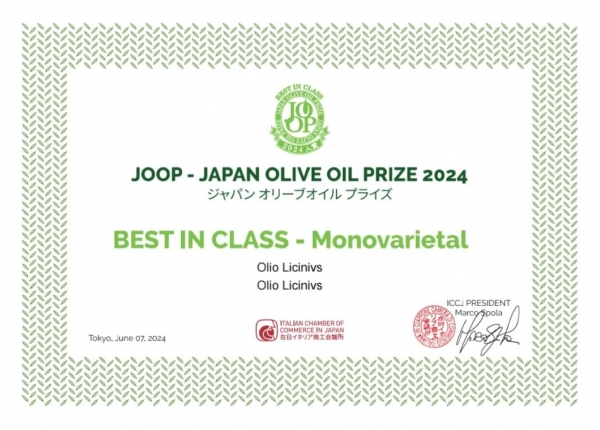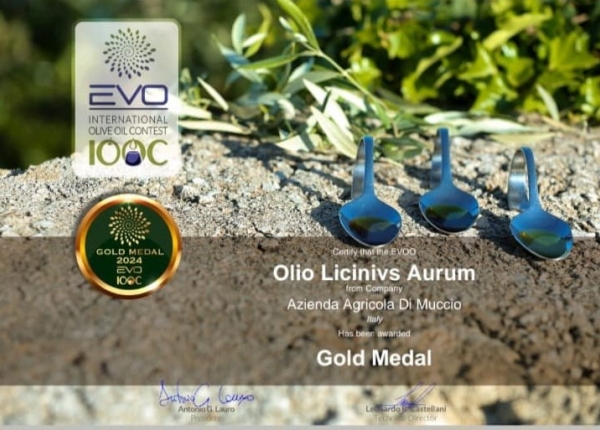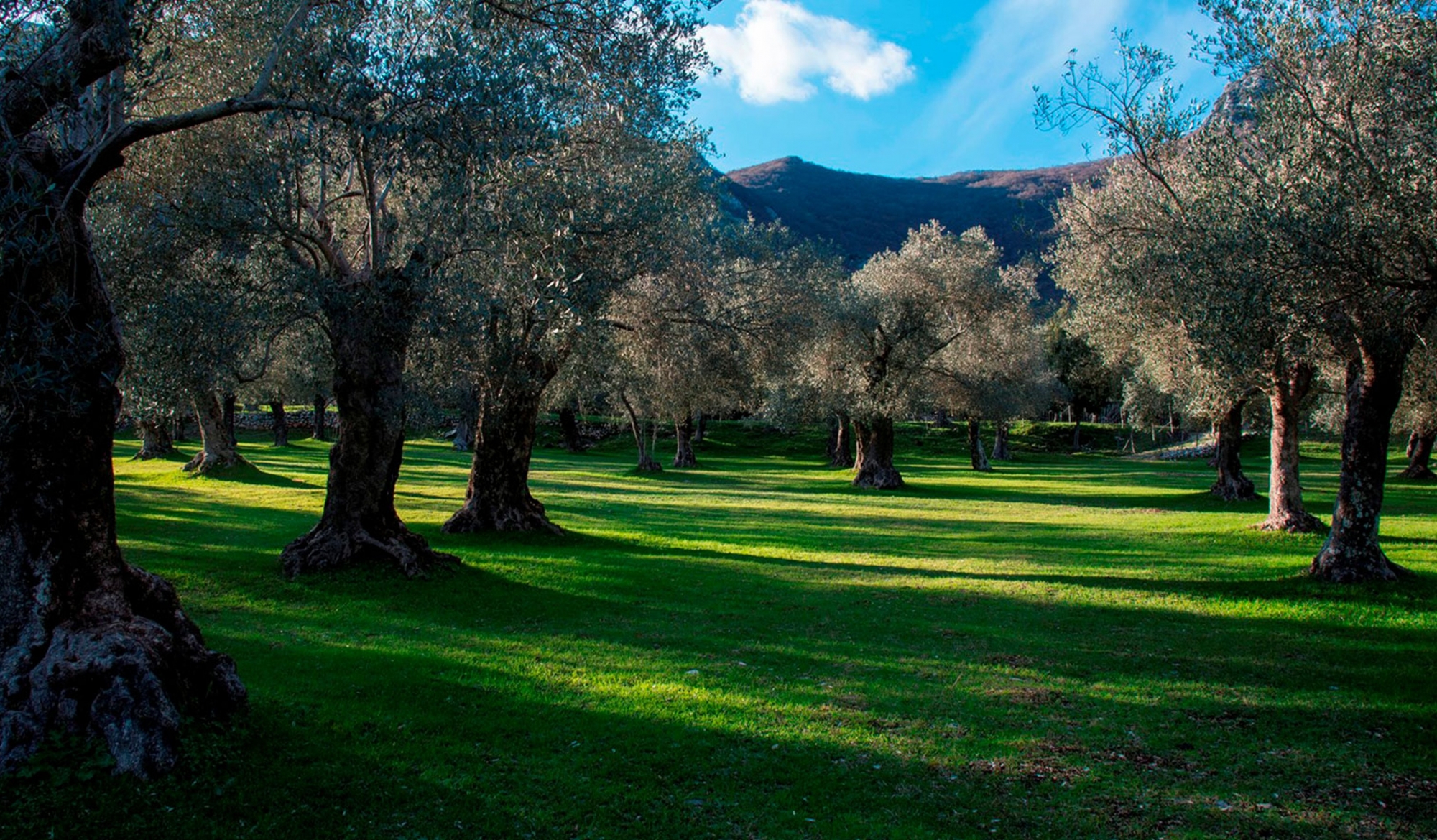
Harvest
Hand picked and cold pressed
"MUCCIO OLIVE FARM" CULTIVATION OPERATIONS
The Di Muccio family olive farm is supervised, from the point of view of agronomic management, by Dr. Agronomist Walter Leggio, who provides technical consultancy by meticulously taking care of all the cultivation operations necessary for the production process throughout the agricultural year of the olive grove with the fundamental objective of always achieving a high quality product in total respect for the environment and health and in the absolute adoption of sustainable agriculture.
FERTILIZING OPERATIONS
The olive tree is considered a plant species that would need little fertilization, but in reality it requires large quantities of nitrogen, portassio, phosphorus and boron. To meet these needs, the agronomist plans an organic fertilization plan to reintegrate the mineral elements removed from the plant during the production cycle.
Production fertilization is carried out with two/three applications with nitrogen-based organo-mineral fertilizers and at least two applications with fertilizers containing phosphorus and potassium.
PRUNING OPERATIONS
The form of cultivation of the olive grove is the traditional and characteristic one of the Piana di Venafro or in Vaso. The pruning operations of the olive grove in question are carried out annually in the period of February/March with the following objectives set: a) renewal of the production branches b) improving the penetration of light and air inside the crown of the plant c) contain the growth of the plant in order to make it more resistant to parasitic attacks d) keep productivity constant
PHYTOSANITARY TREATMENTS
The Cultivar Aurina together with the particular geographical area of the Venafro countryside in the province of Isernia, represent a winning combination against parasitic attacks and the olive fly (Bactrocera oleae): the olive itself is small and with little drupe is not attractive to the fly, already disadvantaged by the rather harsh climate of the Piana di Venafro. Therefore the company's olive trees do not need any defense system against parasites
COLLECTION AND DELIVERY OF OLIVES TO THE MILL
For a precise company choice, the olive harvest takes place when the latter are still green already in the first half of October; the result is a high quality product. The harvesting operations are carried out exclusively by hand through stripping and combing.
Every day, as soon as they are harvested, the olives are taken to the mill where a careful selection takes place to eliminate any leaves and twigs, after which they are subjected to a thorough washing to eliminate any external impurities.
Once these first preliminary operations have been completed, we move on to the most important and delicate phase, namely the pressing phase: the olives are pressed to break their cell walls and membranes. The result is a paste that passes into the kneaders where the aggregation of the oil molecules takes place and thus the precious aromas of Licinus extra virgin olive oil are released. The entire kneading phase is done cold, i.e. below 27°C to keep all the organoleptic properties of the oil unaltered. The paste thus obtained is ready to pass into the decanter, where the separation of the paste from the oil takes place thanks to a centrifugal force. At this point the oil is ready to pass into the separator where the last residues of water and drupes will be eliminated.

We harvest our olives at the end of September/beginning of October
We hand-pick our Olives (Monocultivat Aurina) in the month of September when they are still green, with a maximum yield of only 7%. Only in this way will the quality by far be the quantity.

